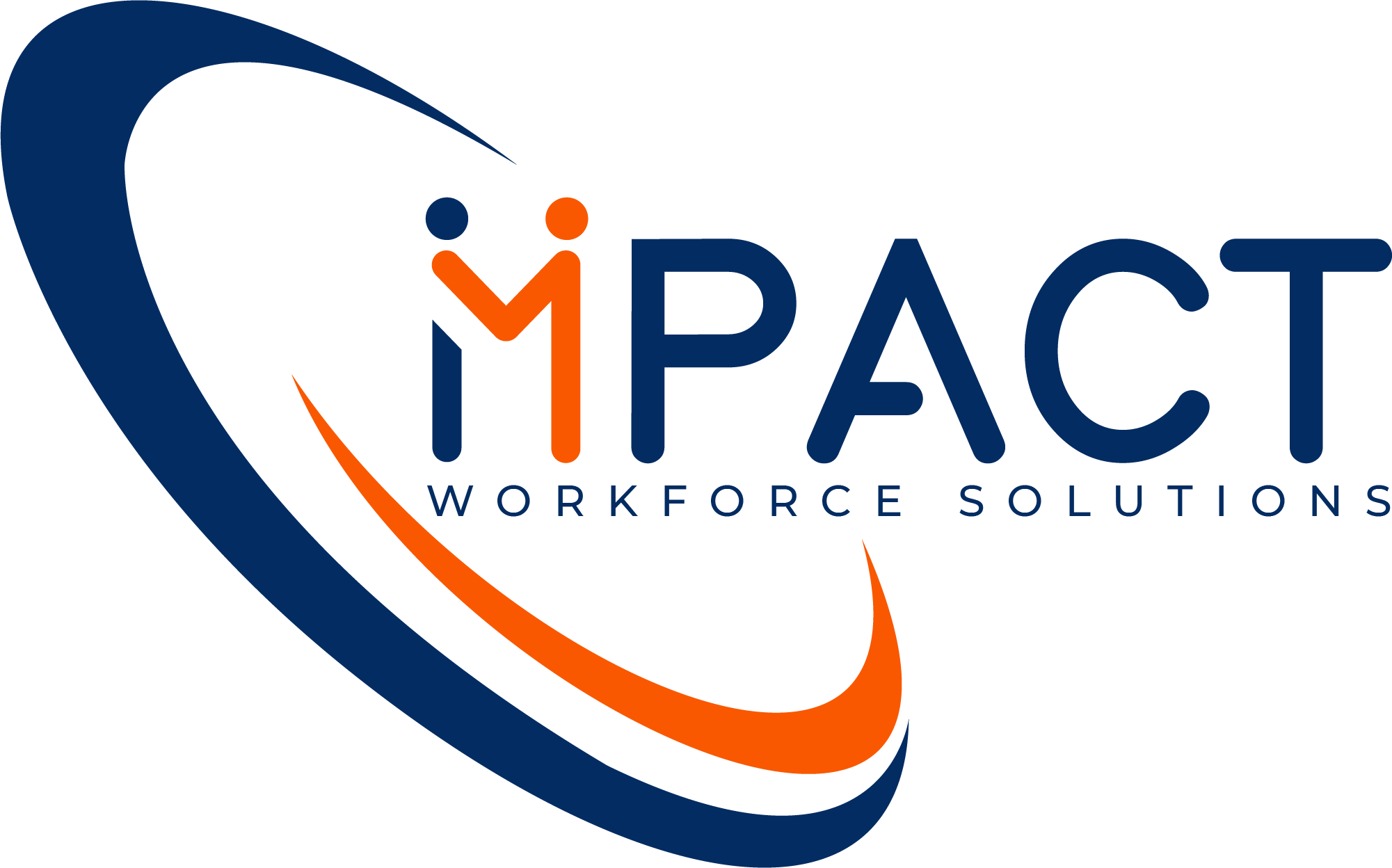
Companies without a cohesive workforce engagement strategy are losing money. And as the labor market becomes more unstable and erratic, high turnover, decreased productivity, and poor employer branding all translate to risk and reduced profitability. But workforce engagement isn’t achieved in a day. It requires a tailored strategy that addresses the unique needs and motivators of each employee group while aligning their efforts with the overarching goals of the organization. Here’s what businesses need to know.
Why you need a workforce engagement strategy
Disengaged employees are 18% less productive, have a 37% higher absenteeism rate, and are more likely to leave the company. High turnover alone costs U.S. businesses $1 trillion annually. These numbers reflect a broader truth: Without effective engagement, your business loses money and talent, while operational efficiency takes a hit.
When engagement is intentional, it contributes to greater innovation and long-term business stability. After all, engaged employees stay longer, make fewer mistakes, and lead in productivity. With the costs of disengagement rising, and the benefits of an invested workforce becoming clearer by the year, it’s time to stop viewing workforce engagement as a box to check off for your employer branding. Engaging your workforce should be a core part of your business strategy.

What makes a workforce engagement strategy effective?
Building an effective workforce engagement strategy takes industry expertise and proven experience in workforce management. At Impact, here’s what we’ve seen drive engagement throughout our decades in the business:
1. Alignment
An effective workforce engagement strategy begins with aligning employee roles and responsibilities with broader organizational objectives. This isn’t just about confirming that everyone knows their tasks; it’s about ensuring they understand how their work contributes to the company’s success. Employees — whether full-time or contingent — who feel connected to the company’s mission are naturally more motivated and take ownership of their roles.
2. Tailored solutions
There is no one-size-fits-all workforce engagement strategy. A successful strategy considers the varying motivators across employee segments, whether technical or administrative. Conducting regular pulse surveys and using workforce analytics tools like Impact’s Clarity platform allows leaders to identify key engagement drivers and tailor initiatives that meet specific needs.
For example, contingent workers may value flexibility and streamlined onboarding, while full-time staff might prioritize career development and performance recognition. Tailoring engagement initiatives ensures all employees feel valued and supported — no matter their role.
3. Communication and transparency
Communication is the backbone of any workforce engagement strategy. Employees need to know what’s expected of them, but they also need to feel heard. Open channels for feedback — whether through structured one-on-ones, town hall meetings, or anonymous surveys — ensure employees feel their voices are valued.
And transparency around business goals, successes, and challenges also helps build trust. When employees feel they are in the loop and trusted with information, their engagement levels naturally rise. Clear communication of KPIs, regular check-ins, and cross-departmental updates create a cohesive workforce that feels both informed and invested in the organization’s future.
4. Career development
Development opportunities are a key driver of engagement and retention. A workforce engagement strategy that lacks a strong focus on career development is incomplete. Offering upskilling, cross-training, and leadership development programs is essential for both full-time and contingent employees. These initiatives not only prepare employees for future roles within the company but also make them feel valued in their current positions.
High-growth organizations understand that investing in employee development creates a more agile workforce capable of adapting to evolving business needs. Structured development programs that are aligned with both the company’s long-term goals and the personal aspirations of employees build loyalty and drive sustained engagement.
5. Recognition and rewards
Incorporating recognition into your workforce engagement strategy goes far beyond annual performance reviews. Real-time recognition for both individual and team achievements helps sustain motivation and promotes a culture of continuous improvement. This is particularly important for contingent staff who may feel disconnected from permanent teams.
Offering rewards like project bonuses, professional development opportunities, and non-monetary incentives such as extra time off or public acknowledgment enhances engagement. When employees see that their hard work is being recognized, they feel more valued — and they keep up the great work.

Implementing your workforce engagement strategy
Developing a workforce engagement strategy is one thing. Implementing that strategy and ensuring it’s consistent across departments and roles is another. It requires consistent attention, resources, and measurement. Here’s how to ensure your workforce engagement strategy is effective over time:
- Use workforce data analytics: Platforms like Clarity offer real-time insights into employee engagement metrics, allowing managers to quickly identify areas where engagement is slipping and take corrective action.
- Regularly assess and adjust: An engagement strategy must be dynamic, evolving with changes in the workforce and business environment. Regular assessments through surveys, performance data, and feedback loops will reveal whether your initiatives are working and where adjustments are needed.
- Engage leadership: Engagement starts at the top. When leaders are actively involved in communicating the company’s mission, driving collaboration, and recognizing contributions, employees are far more likely to stay Leadership involvement in engagement programs strengthens organizational culture and drives success.
Build your workforce engagement strategy with Impact!
Having an effective workforce engagement strategy isn’t about employer branding — it’s a fundamental requirement for companies aiming to keep costs down, retain talent, drive performance, and maintain a competitive edge. By aligning employees with organizational goals, offering tailored development opportunities, and fostering open communication, companies can build a resilient, engaged workforce prepared to meet today’s challenges and tomorrow’s opportunities.
